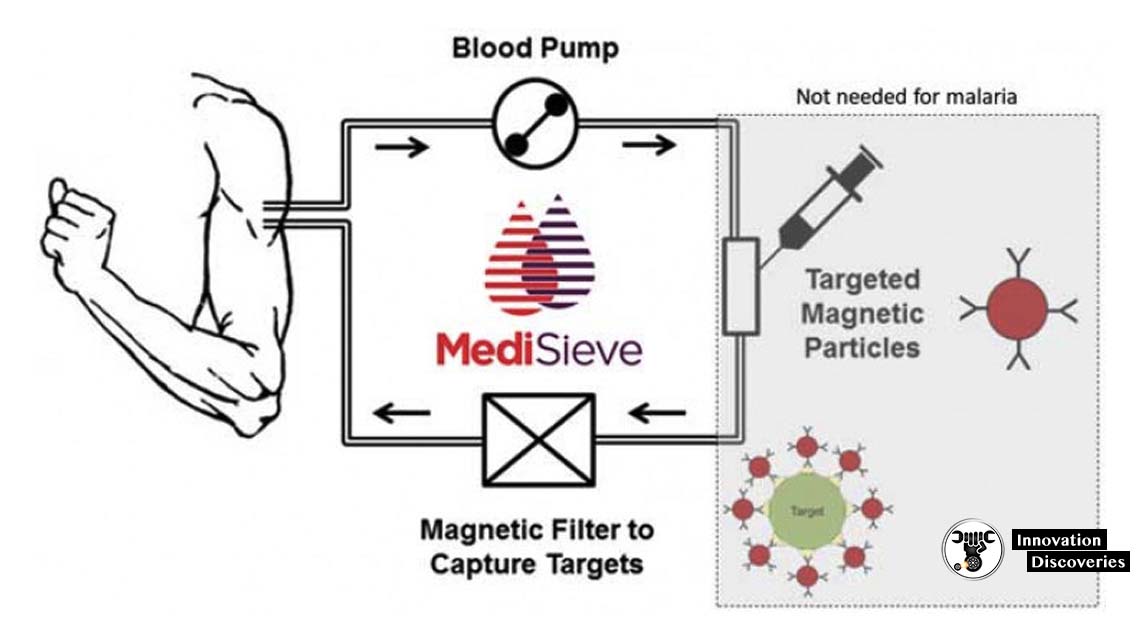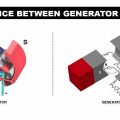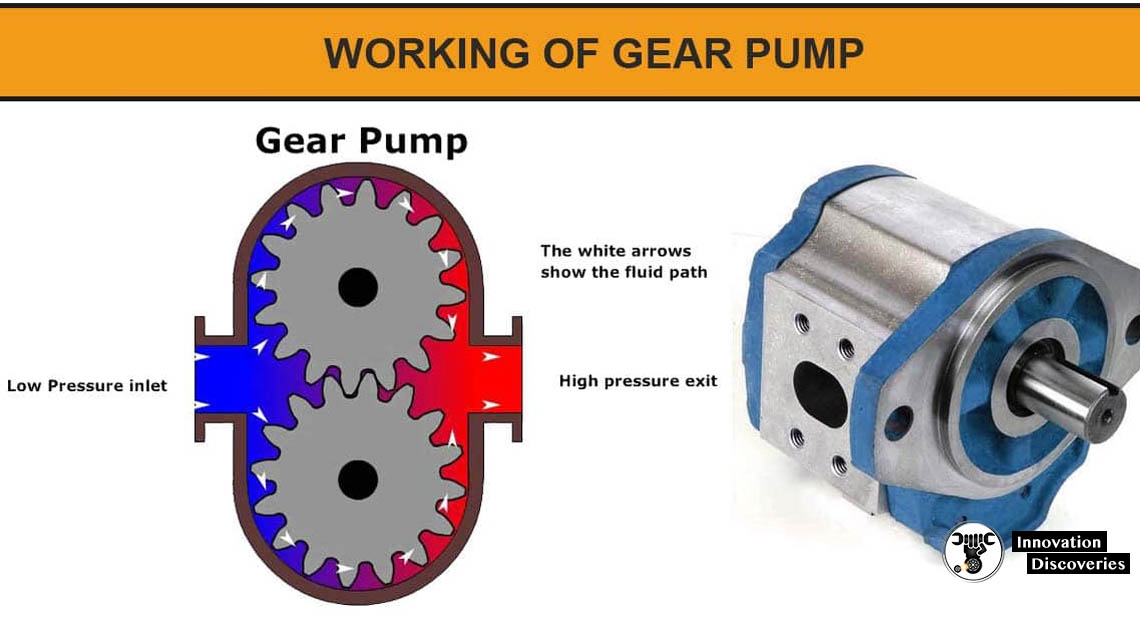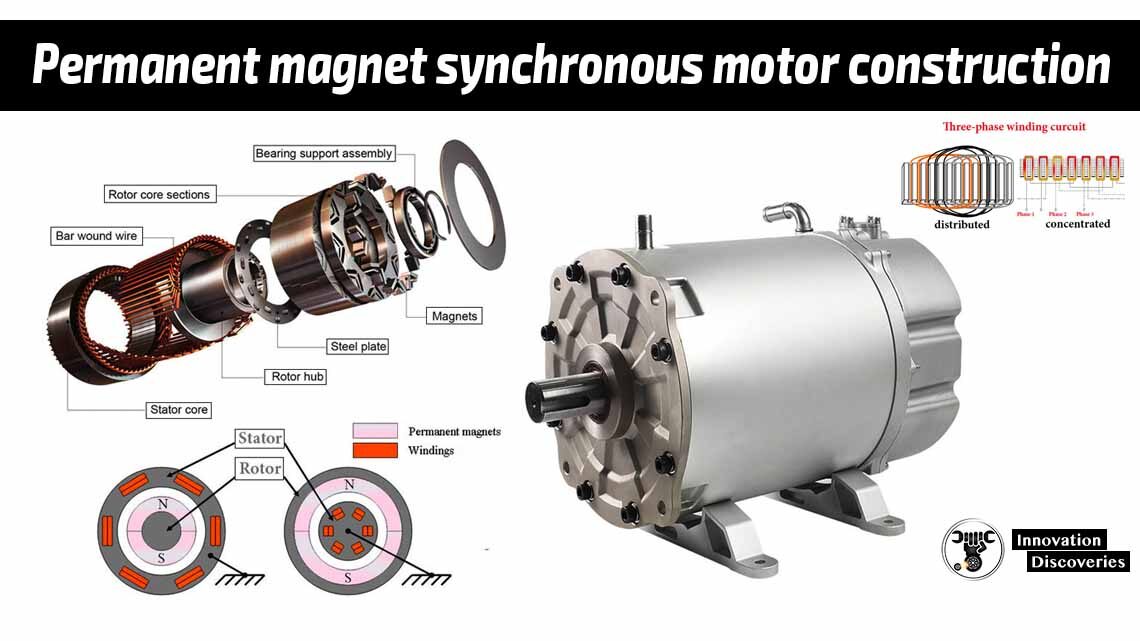
Introduction
In the realm of electric motors, Permanent Magnet Synchronous Motors (PMSMs) stand out for their efficiency, reliability, and adaptability across a wide range of speeds.
This blog post will explore the diverse types of PMSMs, delve into their unique construction features, and unravel the working principles that make them a driving force in various applications.
Types of Permanent Magnet Synchronous Motor
1. Surface-mounted PMSM
This type of PMSM features magnets located on the rotor surface, facing outward. The construction simplifies manufacturing and maintenance, making it suitable for various applications, from household appliances to industrial machinery.
2. Interior Permanent Magnet (IPM) PMSM
In IPM PMSMs, magnets are embedded within the rotor core, enhancing torque density and overall performance. This design is commonly employed in electric vehicles and high-performance servo systems.
3. V-Shaped PMSM
The V-shaped configuration involves arranging magnets in a V shape on the rotor. This design optimizes torque production and is often found in applications demanding high power density and efficiency.
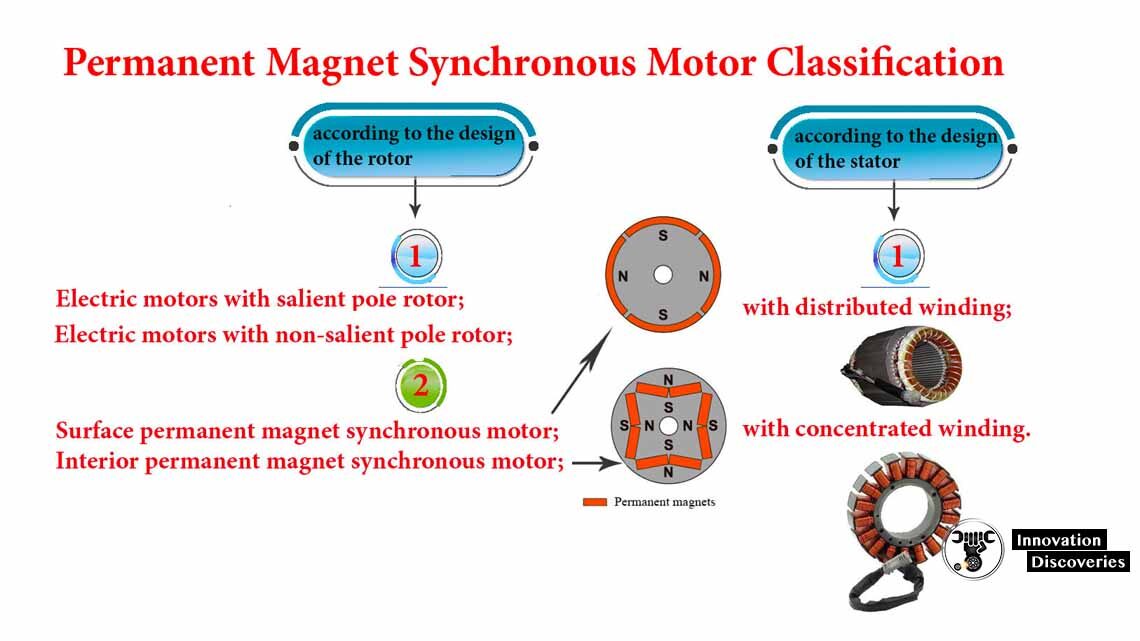
The picture is shown the Permanent Magnet Synchronous Motor classification according to the design of the rotor and classification depending on the stator design.
Permanent Magnet Synchronous Motor Construction

Understanding the construction of PMSMs is crucial to appreciate their functioning. Let’s break down the key components:
1. Stator
The stator is the stationary part of the motor and consists of windings connected to the power supply. When electric current flows through these windings, it generates a rotating magnetic field.
2. Rotor
The rotor, or armature, is the rotating part containing permanent magnets. The interaction between the stator’s magnetic field and the rotor’s magnets produces torque, resulting in the motor’s rotation.
3. Permanent Magnets
PMSMs utilize high-strength permanent magnets, such as neodymium-iron-boron (NdFeB) magnets, to create a powerful magnetic field within the rotor. This enhances motor efficiency and performance.
4. Hall Effect Sensors
Many PMSMs incorporate Hall effect sensors to provide feedback on the rotor’s position. This information is crucial for precise control and commutation of the motor.
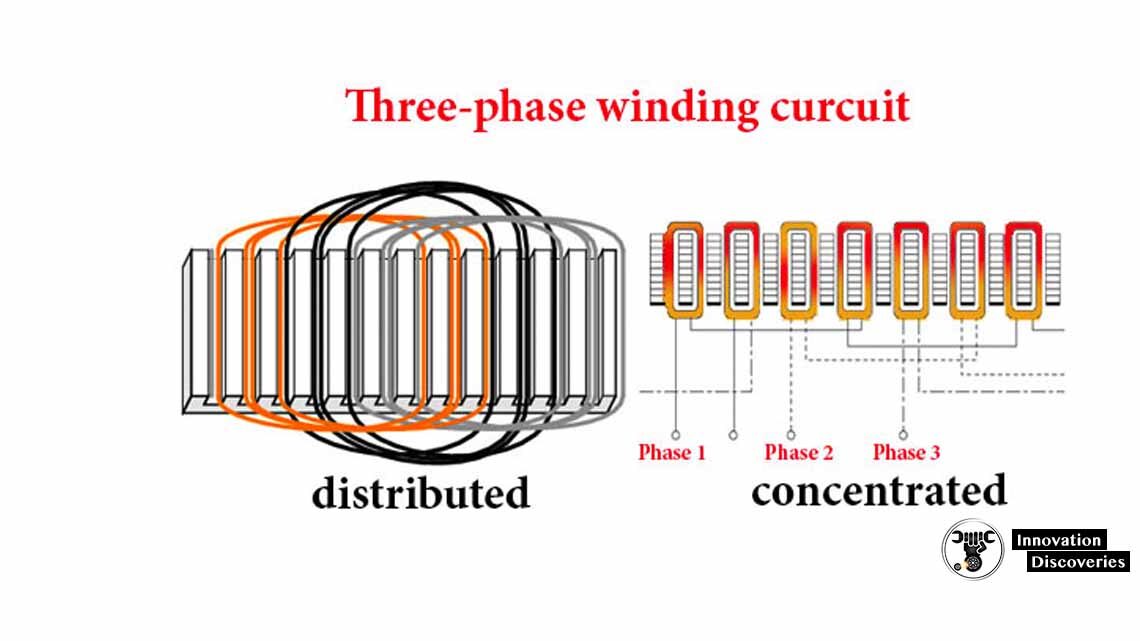
Permanent magnet synchronous motor Working principle
The operation of PMSMs is based on synchronous rotation between the stator’s magnetic field and the rotor’s magnets. Here’s a step-by-step breakdown of the working principle:
1. Power Supply:
The stator windings are connected to a three-phase AC power supply.
2. Magnetic Field Generation:
The AC power induces a rotating magnetic field in the stator.
3. Rotor Magnet Interaction:
The permanent magnets on the rotor are attracted and aligned with the rotating magnetic field, causing the rotor to follow the field’s rotation.
4. Torque Production:
The continuous interaction between the stator’s magnetic field and the rotor’s magnets produces a torque, driving the rotor’s rotation.
5. Feedback and Control:
Hall effect sensors provide real-time feedback on the rotor’s position, enabling precise control of the motor’s speed and direction.
Conclusion
Permanent Magnet Synchronous Motors are versatile and efficient solutions for various applications, ranging from electric vehicles to industrial machinery.
By understanding the different types, construction details, and working principles, engineers and enthusiasts alike can appreciate the sophistication behind these powerful electric motors.
Read More:
- VEHICLE BODY CONSTRUCTION
- HOW DOES AN OIL SUMP WORK IN YOUR CAR?
- WHAT ARE SOME SYMPTOMS OF BAD TIE RODS?
- NGK VS DENSO – WHICH SPARK PLUG IS THE BETTER CHOICE?
- ENGINE MOUNT: HOW IT WORKS, PROBLEMS, SYMPTOMS, REPLACEMENT
- Components And The Working mechanism of a ceiling fan
- DISC BRAKES: CONSTRUCTION, WORKING PRINCIPLE, TYPES, AND ROTOR MATERIALS
- What Is Proximity Sensor, Its Types And Working
- What is Servo Motor and its Types?


